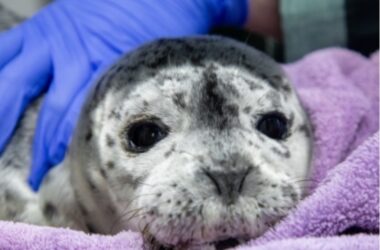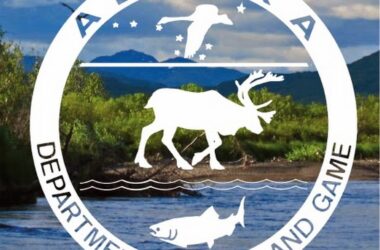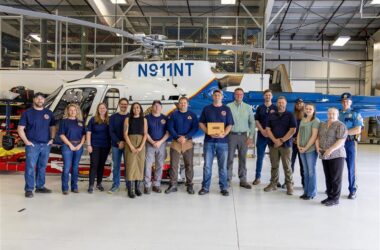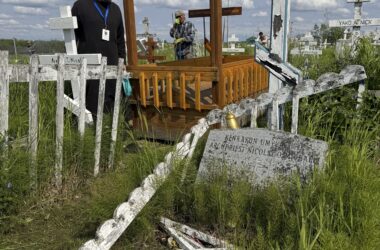To provide dipnetters more opportunity to harvest their household limits of sockeye salmon on the Kasilof River, the Alaska Department of Fish and Game (ADF&G) is expanding the Kasilof River personal use dipnetting area.
Personal use dipnetting from the shore will be allowed in an expanded area from ADF&G markers on Cook Inlet beaches upstream to the Sterling Highway Bridge on the Kasilof River. Dipnetting from a boat is allowed from the same expanded area ADF&G markers located on Cook Inlet beaches upstream to ADF&G markers at approximately river mile 4 of the Kasilof River. This regulatory change is effective 12:01 a.m. Wednesday, June 26 through 11:59 p.m. Wednesday, August 7, 2024.
An Upper Cook Inlet personal use permit and a 2024 resident sport fishing license are required to participate. Dipnetting on the Kasilof River is allowed 24 hours a day, seven days a week. Only Alaska residents may participate. King salmon or nonsalmon species may not be kept in the Kasilof River personal use salmon fishery. Any king salmon, Dolly Varden, or rainbow/steelhead trout caught while dipnetting may not be removed from the water and must be released immediately.
“Current sockeye salmon passage into the Kasilof River is looking strong and we’re on track to exceed the biological escapement goal. To provide more opportunity to Alaska residents, the personal use dipnetting area for boat and shore anglers will be expanded” stated Area Management Biologist Phill Stacey. “The Department would also like to remind dipnetters that king salmon of any size may not be kept while dipnetting and king salmon may not be removed from the water and must be released immediately.”
The biological escapement goal on the Kasilof River is 140,000 – 320,000 sockeye salmon. As of June 24, a total of 99,348 sockeye salmon have passed the Kasilof River sonar site. The current escapement of sockeye salmon into the Kasilof River is proceeding at a rate that is projected to exceed the biological escapement goal.






